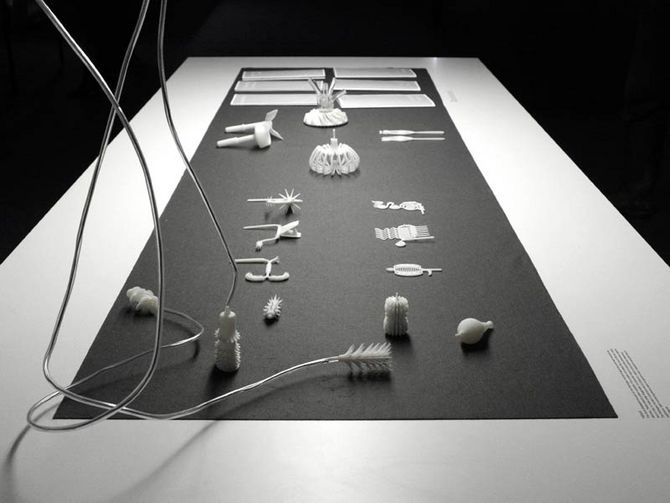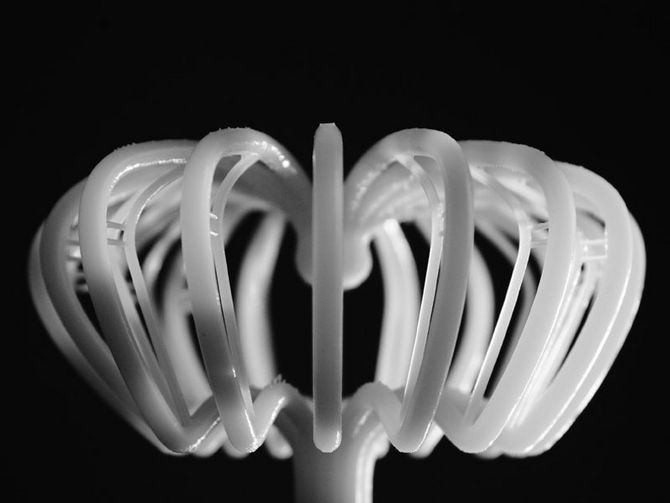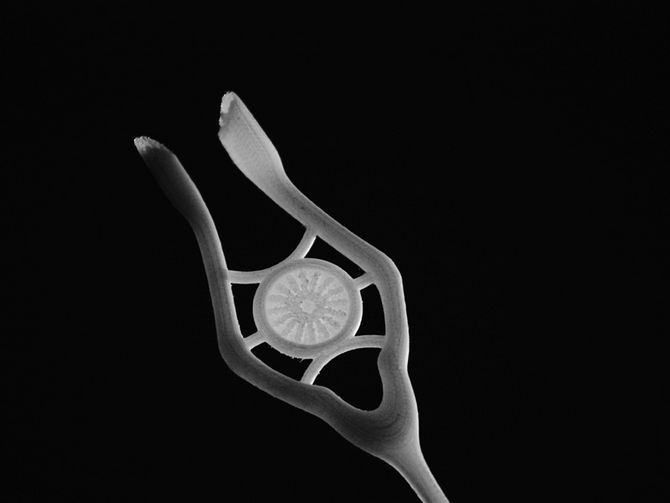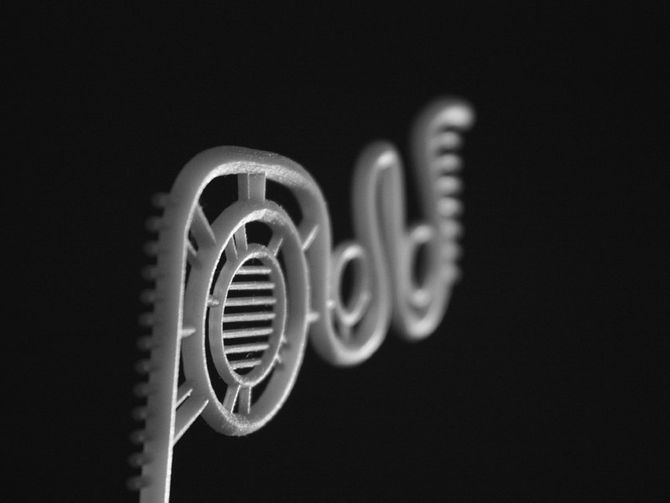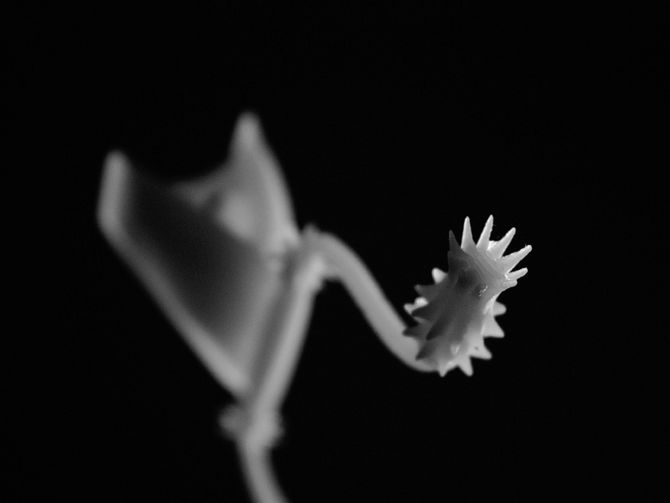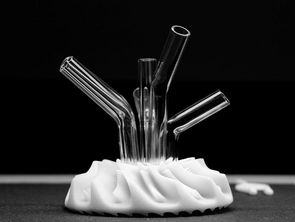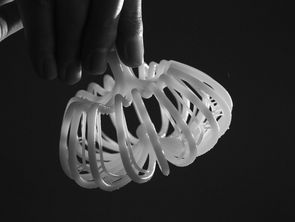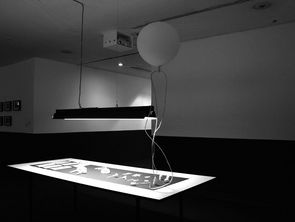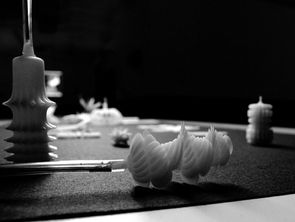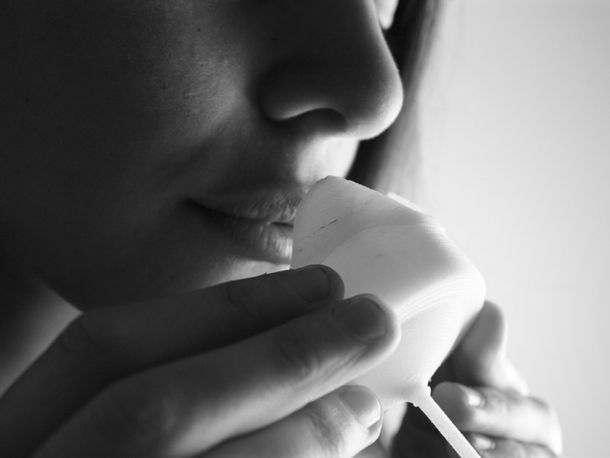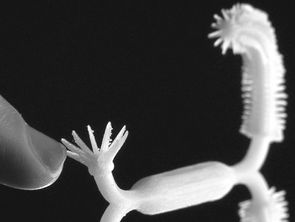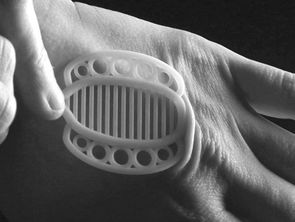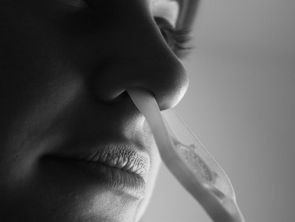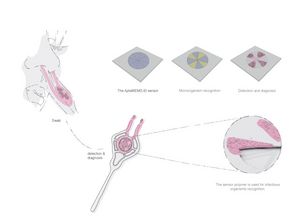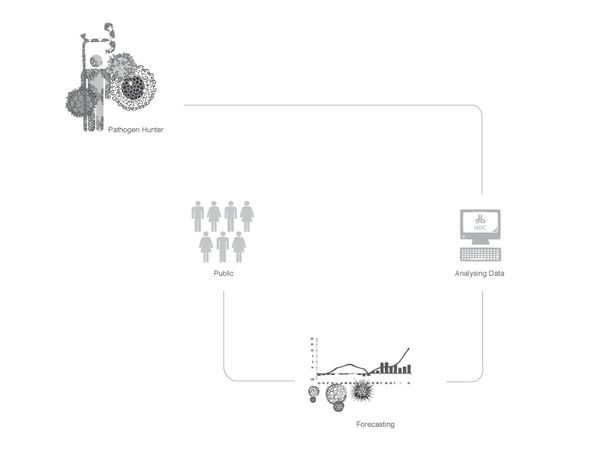Pathogen Hunter apparatus
Pathogen Hunter explores the technological improvements on rapid detection of infectious organisms. These opened doors to » future disease surveillance schemes designed to monitor and forecast potential epidemics.
The Pathogen Hunter’s apparatus are used to discover, capture and observe infectious organisms. These objects collect samples from unseen microbes that live in the air, water, skin, hide under fingernails and hair, lurk between teeth and populate everyday objects.
01 Dust collector: is an autonomous mobile device that analyses possible airborne transmission - such as coughing or sneezing into the air.
02 Water sampling tool: aims to observe the presence and growth of pathogenic biological agents in aqueous environments. Embedded with nano AptaMEMS-ID technology the liquid goes through the gap between the spongy arches. Infectious organisms, targeted by molecules fixed in the object polymer, bind to the surface trigging the sensor to signalising the presence of pathogens.
03 & 04 Pathogen Hunter balloons: are used to monitor airborne microorganisms. Each balloon has various sensors that capture airborne particles, whether liquid droplets or solids. Each detector corresponds to a particular pathogen used to monitor the distribution and level of contamination.
Self - monitoring
Every aspect of our body is concerned with the prevention of infections. Tears, saliva, hair, skin, all contain chemicals that eliminate pathogens to the extent that many diseases can be readily diagnosed by testing these substances for antibodies. Self-monitoring tools allow people to perform daily health checkups.
Colonised vs. Infected
Many people carry MRSA (known as a hospital super bug) without it causing any symptoms. The most common place for colonisation is your nostrils, armpits, skin, throat and urine. Colonised pathogens have the potential to cause infection if they spread to a different site on the same patient or to another person. Pathogen hunter objects can help upon decisions of early treatment for infection or avoid contact with people that have a compromised immune system.
Life cycle of rapid detection of infectious organisms
The design proposal is based around the societal and clinical need for better monitoring systems and therefore improved screening and rapid diagnostic of infections.
To the newly discovered pathogens are assigned a risk value according to location, mortality rates and contagiousness. Perilous areas will then be made available to public through governmental bulletins. Forecasts, based on Pathogen Hunter’s observations, will constantly inform the public with projections about potential threats.
Acknowledgments
Scientific advisers:
Newcastle University, AptaMEMS ID Research team: Professor Calum McNeil and Professor Colin Harwood
Collaborators:
RCA - Design Interactions Department
» Steak Studio
Marcelo Vianna
Sponsors:
EPSRC
NESTA
Credits:
Susana Soares & Mikael Metthey

